ESA’s Hera Asteroid Satellite Passes Sound Testing
14th Nov 2023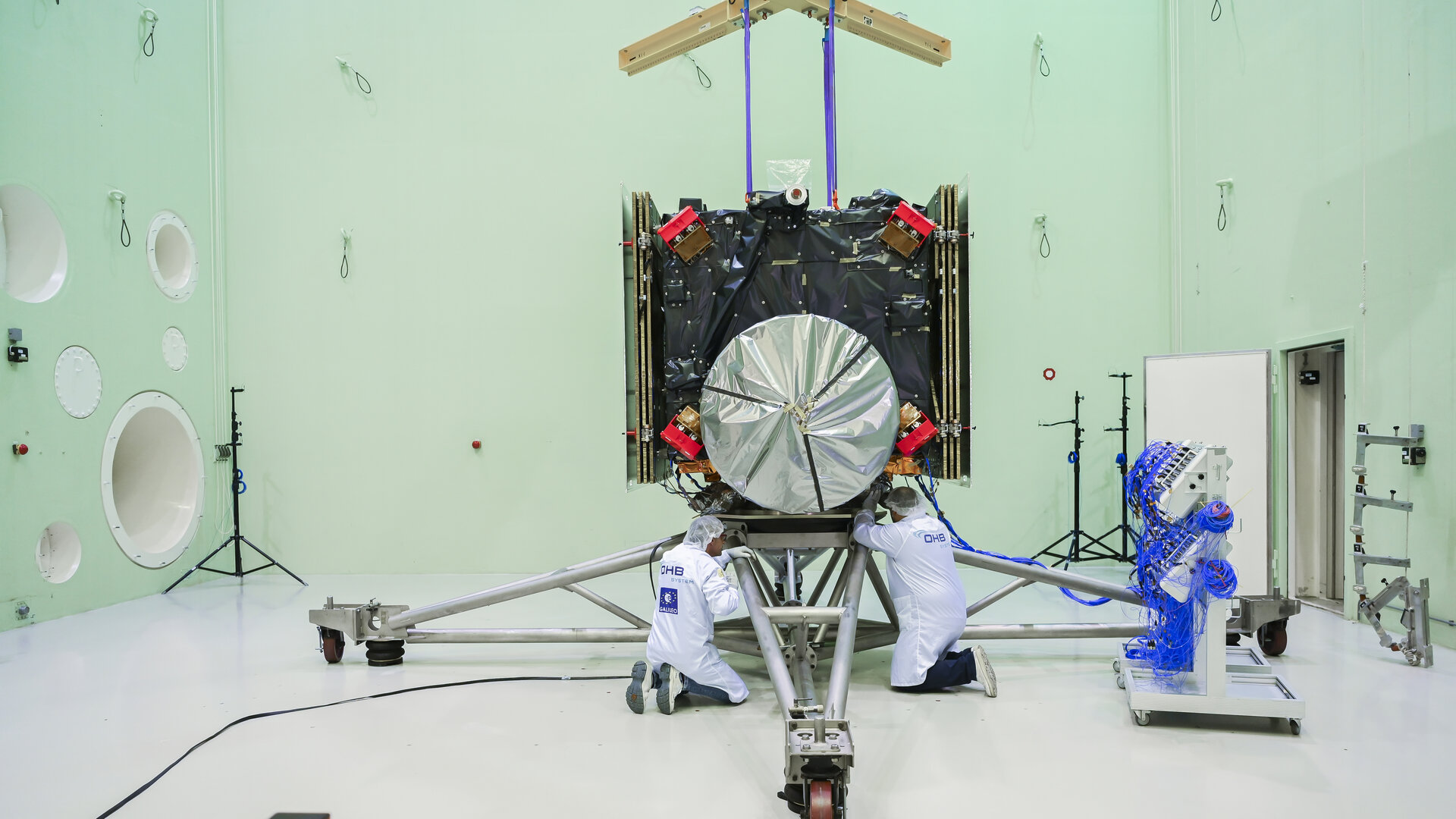
The European Space Agency’s (ESA) Hera satellite recently underwent sound testing to ensure it’s ready for the stresses of launch. Hera is ESA’s follow-up study of NASA’s DART mission, which successfully tested Earth’s defences against asteroids that could potentially strike our planet. Similarly, China is currently developing their own asteroid defence system, marked for launch in 2025.
To conduct the acoustic testing, Hera was placed into ESA’s Large European Acoustic Facility (LEAF) and permeated with vibrations. The results showed the satellite is ready to “withstand the sound of its own lift-off,” ESA said. This is an obstacle all payload and launch vehicles need to tolerate, for “launch will be the single most stressful day of Hera’s life,” Diego Escorial Olmos, Hera system engineer, said in a statement.
Hera: Surveying the Dimorphos Asteroid After DART
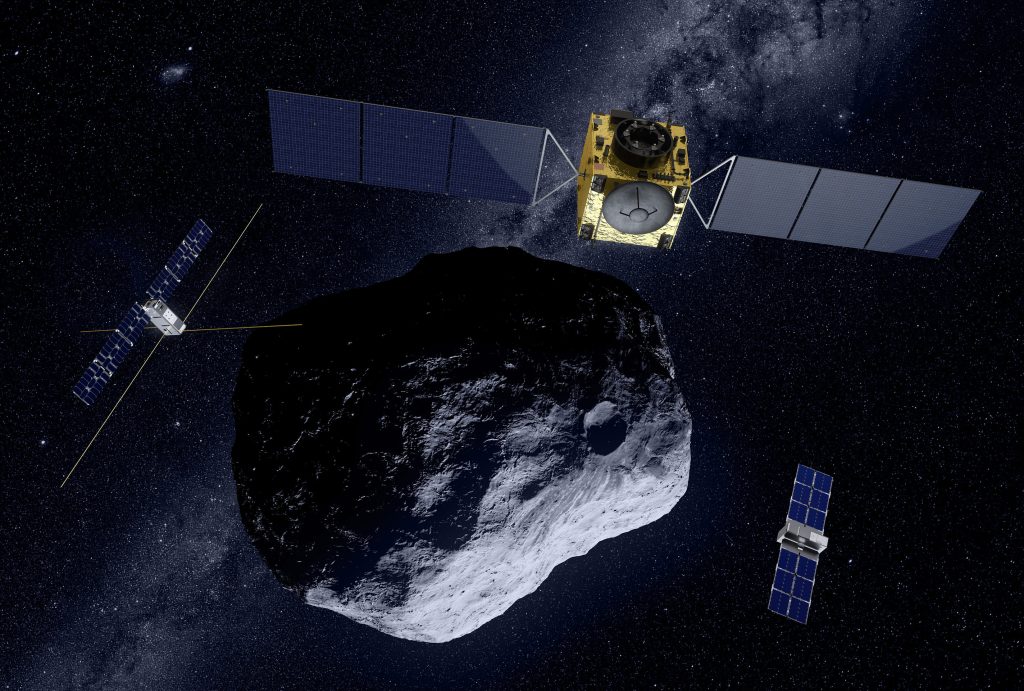
In September 2022, NASA’s DART projectile collided with the Dimorphos Asteroid. Although the asteroid was not a direct threat, NASA performed the mission to identify whether space material on a collision course with Earth could be diverted.
The “international planetary defence experiment” managed to alter the asteroid’s trajectory, with the aftermath causing rubble to scatter in all directions. And now, Hera will journey to Dimorphus to study the impact crater left behind by DART using the JuRa radar.
The satellite will also study the mass and design of Dimorphus, as well as the sizeable asteroid it orbits, Didymos. Hera is rapidly clearing its testing phases and is expected to launch in October 2024. It will engaging with both asteroids around 2026.
LEAF
To ensure Hera can endure the acute sounds and vibrations emanated during launch, the satellite recently underwent acoustic testing. At ESA’s ESTEC centre, Hera was placed into the 11-metre wide and 16.4-metre high sound chamber, LEAF. To simulate the intensity of launch, LEAF reverberates over 154 decibels of noise via a “quartet of horns”. Nitrogen is also injected into the system to amplify its already extreme noise capability.
LEAF is encased with “steel-reinforced concrete walls” to ensure the noise does not bleed outside the chamber. Extra safety measures include standing LEAF on “rubber bearing pads”. This precludes the extreme decibels from subsequently damaging the centre and surrounding areas. But more importantly, the pads ensure observers and operators are not harmed while the test is conducted.
Testing Whether Hera Can Handle Launch
During the sound test, ESA said they turned Hera on, “placed [it] in launch configuration”, and folded the solar wings. A concoction of helium, nitrogen and water was also poured into Hera’s fuel tanks. To measure the tests success, Hera was enveloped with 130 accelerometers, ESA added, that calculated the immense acoustics absorbed.
Additionally, ESA said they placed microphones within the chamber to identify whether they achieved the desired volume. And that they did; ESA likened the experience to “standing close to multiple jets taking off at once”.
“Even though this acoustic testing has been exhaustively modelled ahead of time, it was still a nerve-wracking moment as the giant doors of the LEAF chamber close and then the horns are activated. Each test session lasts for just a minute – but that still seemed like a very long time as we waited to find out if Hera’s structure and components withstand the sound waves blasting it,” Simon Whent, structures engineer at ESA – who worked on Hera’s construction – concluded.


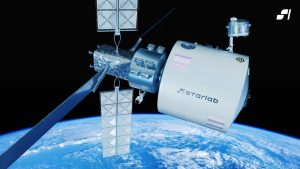


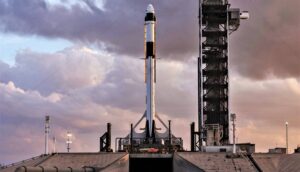
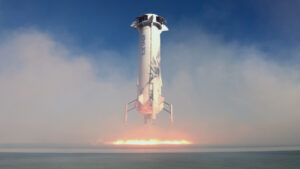
Thank you for your comment! It will be visible on the site after moderation.